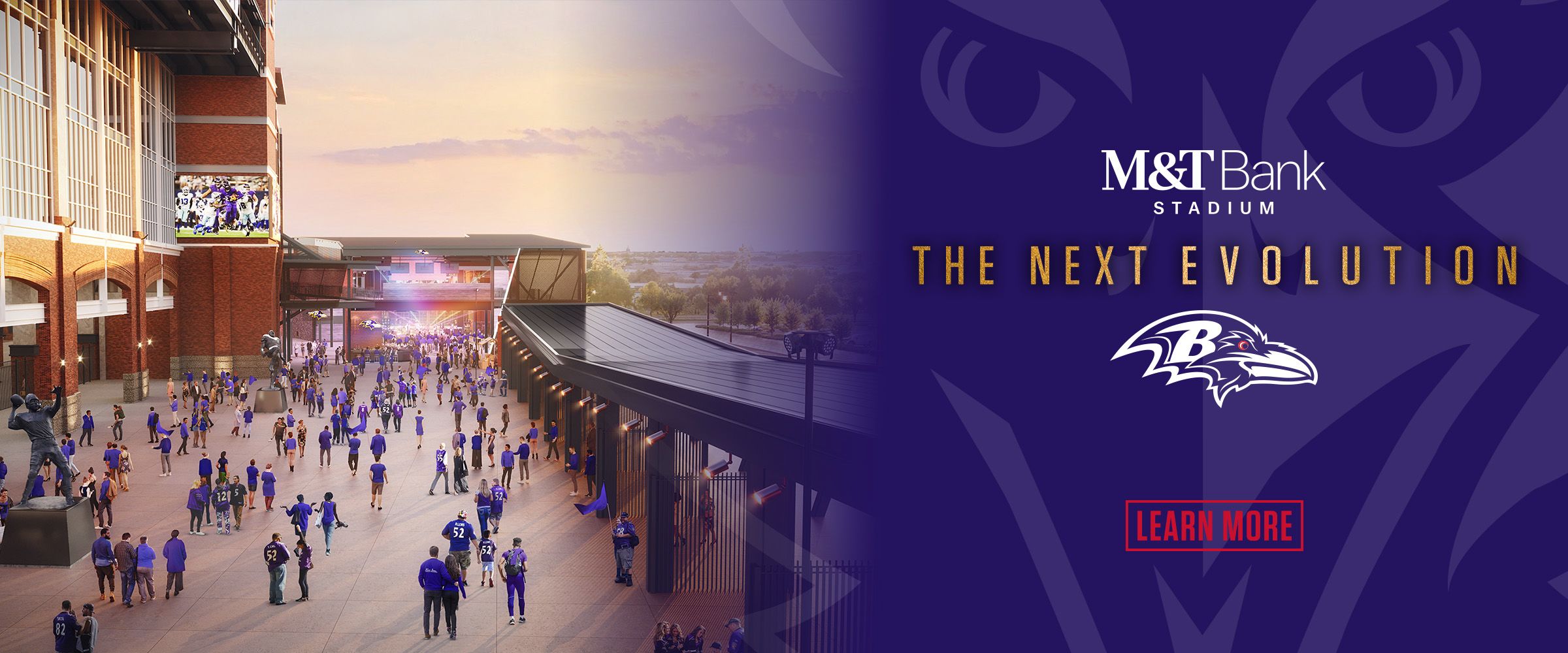Many decades ago, Baltimore sports fans would flock to Western Maryland College in Westminster, Md. to watch their beloved Colts in training camp as they prepared for the upcoming season. And while Western Maryland may now be called McDaniel College, and the Ravens have now taken the Colts' place in the hearts of the Charm City faithful, some things never change.
In what has become a significant tradition for local sports fans, Westminster has become the central hub for all things Baltimore football for four to five weeks toward the end of the summer when the Ravens gather for training camp. The Baltimore Colts trained in Westminster from 1949 until 1972, and when the Ravens arrived in 1996, they resumed the tradition. Thousands of fans descend upon the campus every day to watch players practice, score an autograph or two and just revel in the fact that football is right around the corner.
"This is a football town number one," said former Colts running back Tom Matte, who played for Baltimore from 1961 to 1972. "From the Colts Corrals to the Ravens Roosts, the fans of Baltimore have been our greatest allies."
But that doesn't mean that nothing has changed in the generations between camps.
Players would have to endure camp for up to seven weeks, as opposed to the standard four today, and they were without the state-of-the-art equipment or facilities today's NFL teams have.
"The biggest difference is that [players today] have four preseason games. We had six. We got paid $50 a game, and we didn't get per diem." Matte said.
One of the largest differences between camp then and camp now was the emphasis on weightlifting. It wasn't thoroughly endorsed in the 1960s, something many players today may find hard to believe.
"It was a different era, a different time," Matte noted. "We didn't have the palace the kids have today." Once camp was over, the players would often practice at the local high school McDonogh's field.
Throughout the earlier years of the NFL, there was no true offseason workout regimen, so players counted on one another to get in shape. In addition, rosters were much smaller, only allowing 35 players, so many would actively participate in two positions. That meant twice the work.
It also meant twice the pressure.
"I never would have thought of missing training camp. I thought someone would take my job," said Andy Nelson, a former Colts defensive back from 1957 to 1964. Players would often stay on the field even if injured, knowing there were plenty of others ready to step in and take their spots.
"It didn't matter if you were 30 years old or 35, you participated in two-a-days," Matte said, referencing Ravens head coach John's Harbaugh's current "Over-30 club," which allows players over 30 years old to sit out specified days of practice.
But for many, training camp was the time to get away from families for a while and concentrate on football. Matte particularly enjoyed the sense of camaraderie that would follow. Players stayed in the dormitories together (without air conditioning), often sharing about five showerheads between 50 players.
Additionally, camp didn't have the strict structure it has today. Once practice was over, players were usually left to their own devices. They would stick together throughout camp, often having a few beers at Os and Ginny's, a local bar and restaurant. They would play shuffleboard or just mingle with the eager fans. And with an 11 o'clock curfew, that often meant, as Matte put it, "for a wild time."
Perhaps a reflection of the NFL in the 21st century, today's NFL training camp is much more of a business affair, with more meetings and practices than five decades earlier.
"Today players have a special diet. We ate what they put on the table," said Nelson. "They take better care of the players today, and I think that's a good thing."
And while most NFL coaches would likely have a problem with players staying out so late, they would agree that forging strong relationships is an aspect that hasn't gone away.
"I think they come together. They have to," Matte noted.
"You win some together, you lose some together," Nelson followed up. "That's the purpose of training camp, being together."
Those ties that were formed so many years ago in camp still exist today. Nelson is still close with the late Johnny Unitas' family. Many members of the 1958 Championship team are still in contact, and had a reunion of sorts last December at the 50th Anniversary Celebration. And many still see each other at Baltimore Football Alumni (BFA) events throughout the year.
Many things about training camp have changed over the years. But the heart of it remains the same – giving the fans the chance to meet their team up close – and building rapport with each other for the season ahead. **
Visit the Baltimore Football Alumni Section » **



















